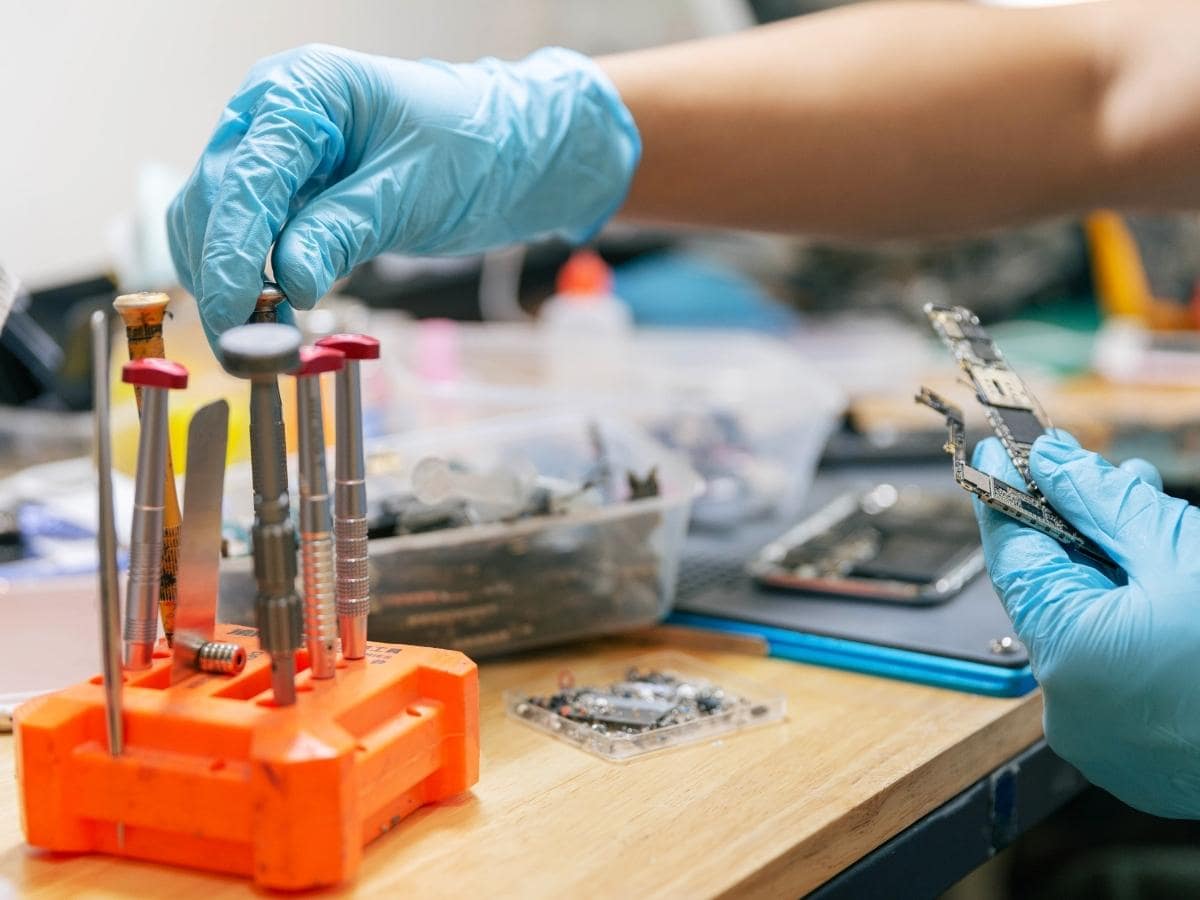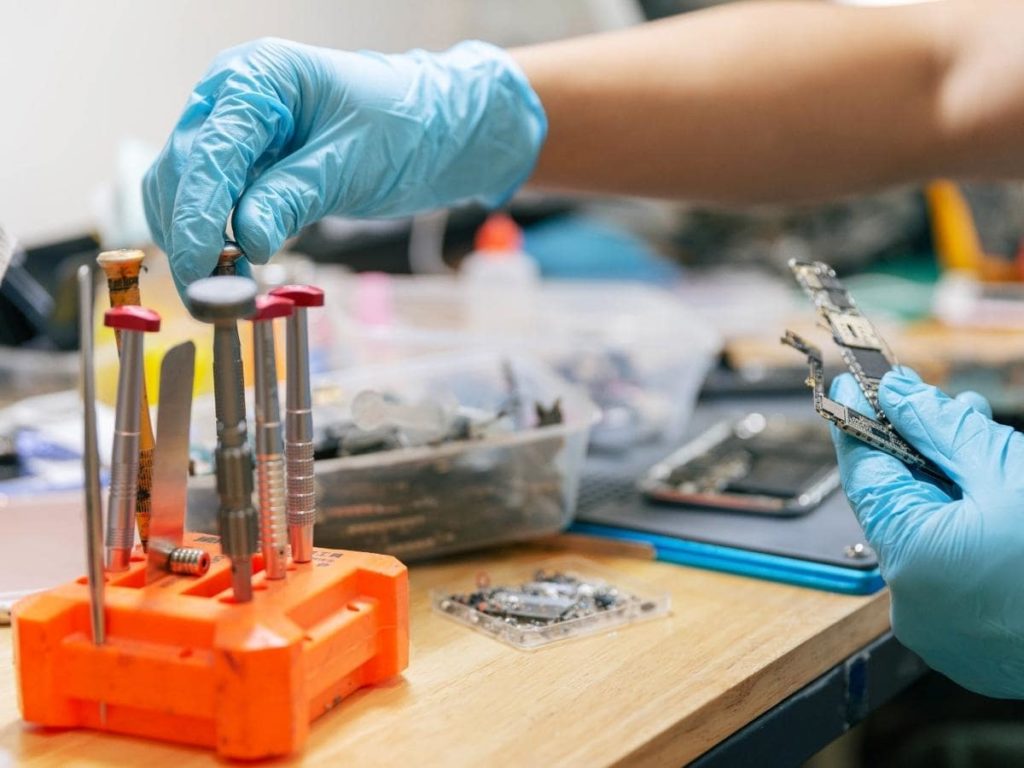
How to Perform iPhone 6 Battery Replacement
When you need to replace the battery on your iPhone 6, there are a few things that you should know. This article will show you how to remove the front panel assembly, how to remove the battery, and how to calibrate it. Also, you’ll learn how to remove the adhesive from the battery. This will help you perform the procedure in a safe manner.
How to remove the front panel assembly from the iPhone 6 battery
If you’re looking to replace the battery on your iPhone 6, you can take it apart by removing the front panel assembly. This process is straightforward but should be done carefully because it can damage the display cables. The first step in the process is to remove the two screws holding the battery to the front panel assembly. To do this, you will need a 3.6 mm screwdriver. Once the screws have been removed, place the suction cup above the Home button and lift the front panel assembly up. This will allow you to easily remove the rear case and front panel assembly.
After removing the two screws holding the front panel assembly, you should carefully unplug the display data cable from the logic board. If the cable pops out, this could cause a blank screen or white lines. If this is the case, you can try power cycling the phone. After power cycling, you can reconnect the cable.
Before you can remove the front panel assembly, you must open the iPhone using the home button end. While working on the iPhone, you may need to prop it up in order to prevent overworking the display wires. You can also use a rubber band to hold the display in place while you’re working. Once you’ve done this, you can begin the process of removing the battery connector bracket from the iPhone. To remove the battery connector, you must first remove the metal bracket that holds the connector to the iPhone. You should also remove the front panel cable bracket.
How to remove the battery from its adhesive
If you want to take out your iPhone 6 battery, you can start by removing the adhesive strip on the rear case. You can also use tweezers to grab the torn adhesive. But be careful not to pierce the battery. It is very easy to damage the battery if you accidentally pry it too hard.
The battery is glued to the case using four strips of adhesive. Those strips have tabs that you can pull to separate them. To do this, remove three tabs from the bottom edge of the battery and one from the top edge. After that, carefully peel the white adhesive strips from under the black tabs. Pull the strips out slowly using tweezers. If you find that they are too tight, you can also wrap them around a piece of cloth and pull them out.
If you have to use tweezers, you should apply pressure to the bottom side of the battery with the tip of the tweezers. Then, roll the tweezers upwards so that the white adhesive strips come off. Gently pull the strips off the phone without damaging it. In some cases, you may also want to use a plastic spudger to pry the battery away from its base. Remember not to pry on the side of the logic board as it can damage it.
Before you begin, make sure you have a screwdriver with 3.4mm and 3.6mm heads. If the adhesive strips on your iPhone 6 are damaged, you will have to purchase new ones. Once you have bought a new battery, it is important to follow the instructions carefully to avoid damage to the battery.
How to calibrate the iPhone 6 battery
Calibration can help you to maintain a stable battery voltage. Before you start the calibration process, you must disconnect the iPhone from the charger, preferably overnight. The battery should be at a stable voltage and should not be in Low Power Mode. If it is already in Low Power Mode, follow these steps: Press and hold the volume buttons and the sleep/wake button until the Apple logo appears on the screen. After that, you can power up your iPhone and turn on the calibration tool. The calibration process may take several charge/drain cycles.
Calibration is recommended every two to three months. If you do not have to calibrate your battery very often, you can follow the steps below. To start, disable any apps and services that are using the battery. This will enable your device to accurately detect your battery level. Once calibrated, you can re-enable them. To make sure that you’re calibrating your battery, you can check if it’s in Low Power mode by going to Settings – Battery & Privacy.
The battery indicator on your iPhone displays the percentage of remaining power. Sometimes, this percentage is inaccurate. For example, your iPhone may show 25% battery remaining when in reality there is 0% left. This can be a treacherous situation after a while, but calibration will help you restore the battery performance to a normal level.

